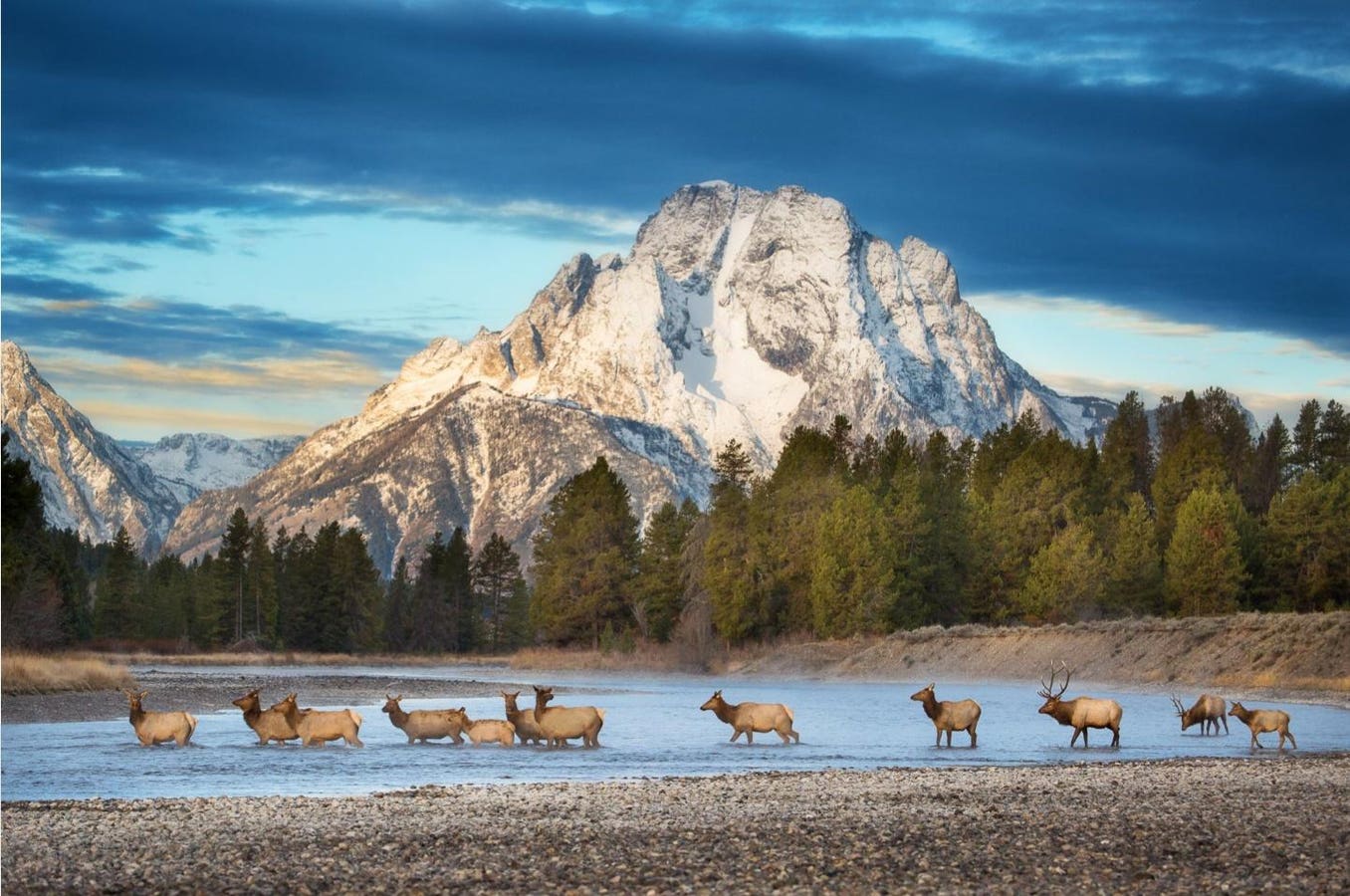
Wildlife photography and videography are fields that not only require technical skill and patience but also a deep understanding of animal behavior and a commitment to conservation. Professionals use a variety of techniques and technologies to capture stunning images of elusive creatures without disturbing their natural environments.
I spoke with Jake Davis, a sought after wildlife photographer, about his work capturing snow leopards for the BBC special, Planet Earth III. He shared the challenges these photographers face and the innovative solutions they employ to bring the wild into our homes.
Understanding Animal Behavior
Jake told me that one of the primary challenges in wildlife photography is understanding and predicting animal behavior. He described how different species react uniquely to cameras and human presence. For instance, cats, both big and small, exhibit a curious nature that can sometimes be leveraged to get captivating close-ups. However, other animals like wolves or bears may be more challenging to photograph due to their cautious nature.
Jake’s approach involves allowing animals to become accustomed to camera equipment, a technique that requires patience but often results in naturalistic shots that do not betray the presence of the observer.
This methodology underscores a crucial balance: capturing a great shot with minimal impact on the animal’s behavior.
Technological Advancements in the Field
Jake shared that the advancement of camera technology has significantly transformed wildlife photography. Camera traps, for instance, have become a staple in capturing images of particularly elusive animals like snow leopards and mountain lions.
These devices can be left in remote areas to record images when triggered by motion sensors. Jake discussed the logistical challenges of using such equipment, including ensuring they are powered for months in extreme conditions without human intervention, sometimes necessitating the help of local individuals to maintain the equipment.
Jake Davis checking out his equipment to make sure everything is properly configured to capture the … [+]
Jake Davis
He explained that a properly tuned system can stay powered on lithium batteries for about three months. Eventually, though, the batteries will need to be replaced, and sometimes he hires someone local to do the swap. “I did have a local herder actually do it on one of the trips, and he did a really good job.”
Jake also stressed, though, that it’s not quite as simple as swapping the batteries in your flashlight. “It sounds simple—it’s just switching batteries out. But, there are so many things that have to be perfectly dialed for the whole system to work. It’s really easy for somebody to come in who doesn’t have all that knowledge and do more harm than good.”
We also discussed the ways that artificial intelligence is poised to revolutionize this field further. Future AI-enhanced cameras could adjust settings automatically based on changing light and weather conditions or even detect animal faces and behaviors, initiating recording without the need for physical triggers. This could dramatically increase the efficiency of capturing high-quality footage, especially in variable environmental conditions.
Technical Challenges and Solutions
The unpredictability of natural light and the need for significant post-processing are other hurdles in wildlife photography. Jake mentioned adjusting camera settings such as white balance and exposure to suit the natural lighting, which often involves a compromise between the desired aesthetic and the practical limitations of the environment.
Post-processing plays a pivotal role in wildlife filmmaking, where raw footage is enhanced to emphasize certain elements without distorting the authenticity of the scene. Techniques such as compositing can be used to manage unpredictable elements like weather or to integrate footage shot in different conditions.
Ethical Considerations and Conservation
Ethics are at the heart of wildlife photography. Jakes emphasized that it is crucial to minimize human impact, ensuring that the presence of cameras does not alter animal behavior or endanger their well-being.
The conservation aspect also comes into play, as many wildlife photographers and filmmakers are driven by a desire to highlight the beauty of nature and the urgent need to preserve it. Through their lenses, they advocate for the protection of natural habitats and endangered species.
Tips for Aspiring Wildlife Photographers
For those looking to enter the field, here are a few tips based on the experiences of professionals like Jake:
- Patience is Paramount: Spend time in the field observing and understanding the behaviors of your subjects.
- Embrace Technology: Utilize the latest camera technologies and be open to adopting new innovations such as AI.
- Ethical Practices: Always prioritize the well-being of wildlife over getting the perfect shot.
- Skill Development: Continuously refine your skills in both shooting and post-processing.
- Conservation Focus: Use your work to contribute to conservation efforts and raise awareness about environmental issues.
Wildlife photography and videography are not just about capturing stunning images but also about understanding and preserving our world’s natural heritage. Through the lens of dedicated photographers, we gain a glimpse into the intimate lives of creatures around us, fostering a deeper appreciation for our planet’s biodiversity.
